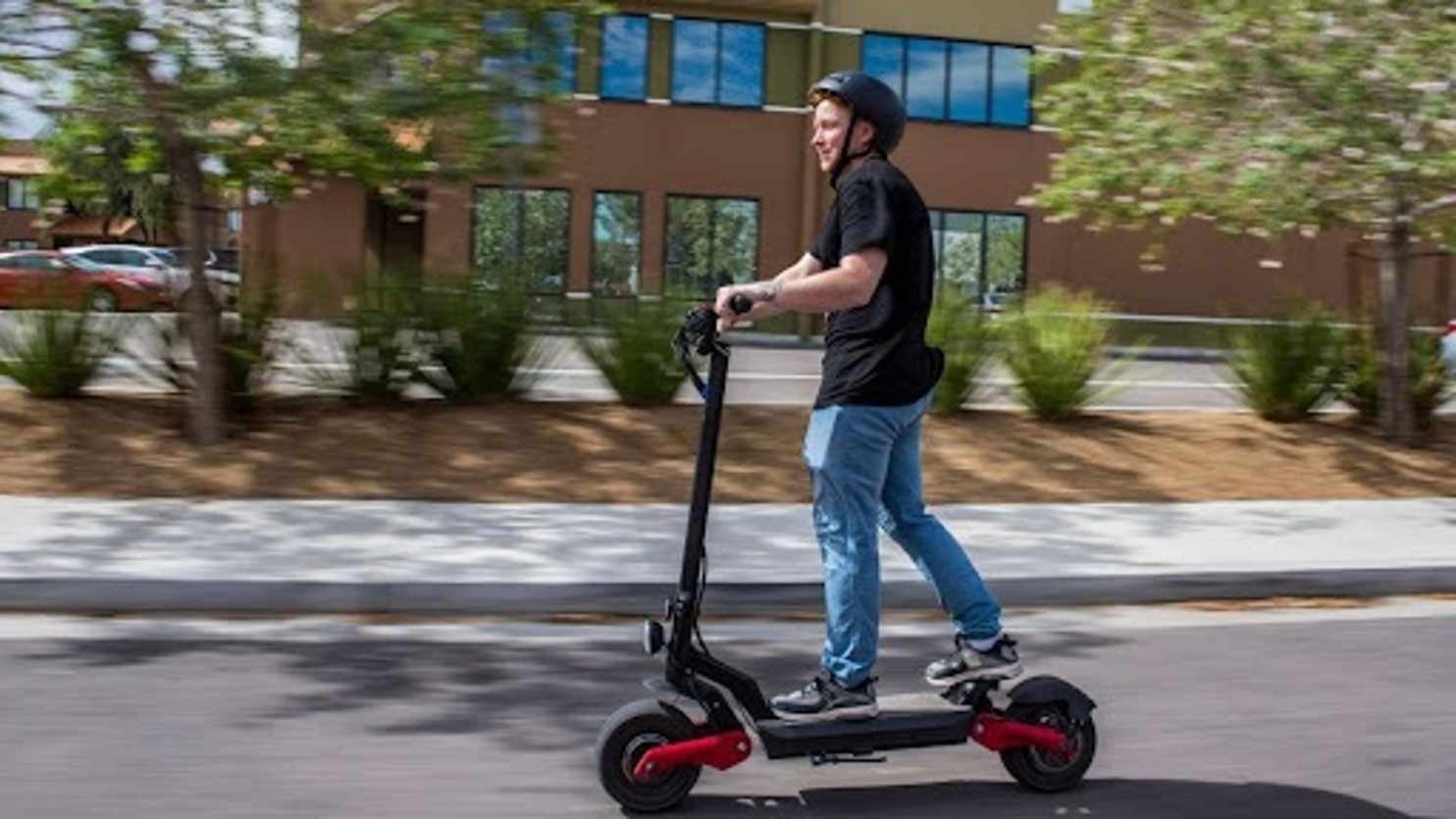The renewable energy future is closer than we think. Electric Vehicles (EVs) are quickly becoming a common occurrence on roads these days, with more and more coming online as prices drop and infrastructure improves. However, for shorter distances a new contender has emerged: the Electric Scooter or E-scooter.
Popularity around e-scooters have surged, especially after the COVID-19 pandemic highlighted the need for efficient and reliable short-trip transport in light of reduced bus or train schedules.
With many brands and companies working hard to release lighter, faster, and safer versions of e-scooters as years go on. What is the future of e-scooters, and how will they be a part of our new transport landscape?
Global context and local manufacturing
Global e-scooter sales may reach 129 million units by 2028, as we’ve reported earlier. Local manufacturers, such as Mearth based in Sydney, is now offering two e-scooter variants.
The Mearth RS travels up to 65km/hr with a 500W of power, with its Pro brother offering 80-100km/h speeds and 850W of power. E-scooter range, durability, and handling of non-standard terrain has also improved over the years, which makes them more attractive to would-be buyers.
Legalities and regulations around E-scooters
Each state and territory in Australia has their own road laws governing (or not governing) the use of e-scooters. In New South Wales, since e-scooters cannot be registered for road use, they are effectively banned unless used on private property.
In Victoria, e-scooters are legal for use on shared paths or roads, with a 60km/h limit and users must be over the age of 16. Most laws for bikes and cars also apply (such as driving under the influence and Victoria’s blanket prohibition on mobile phone use.)
You must also wear a helmet while riding. Queensland’s regulations are considered the “model standard” while states like South Australia and NSW lag well behind the rest of the country. Read more about the laws here.
Plug-in E-Scooters and Electric Vehicles
E-Scooters effectively solves the problem between the “first and last mile” – covering distances too far to walk and too near to drive. In recreational instances, carrying an E-Scooter with an EV to cover long beaches or inter-city destinations will make practical sense, especially when E-Scooters will be able to be charged using the EV battery.
Instead of using petrol vehicles to commute relatively short distances (2-5km) an E-scooter can provide the same speeds as a car on a suburban road (60-70km/h) and significantly reduce carbon emissions and traffic congestion by larger vehicles.
Making streets bike and e-scooter friendly
Making e-scooters a viable transport option will be helped along by government legislation and establishing dedicated e-scooter and e-bike paths, which will fill in the critical “first and last mile” gap in public and private transportation.
These are exciting times for e-scooters as industry insiders predict the entire e-scooter market will reach $644.5 billion by 2028. Ensuring every method of transportation is catered for is the new challenge for lawmakers who are looking forward to a future of sustainable transport.







